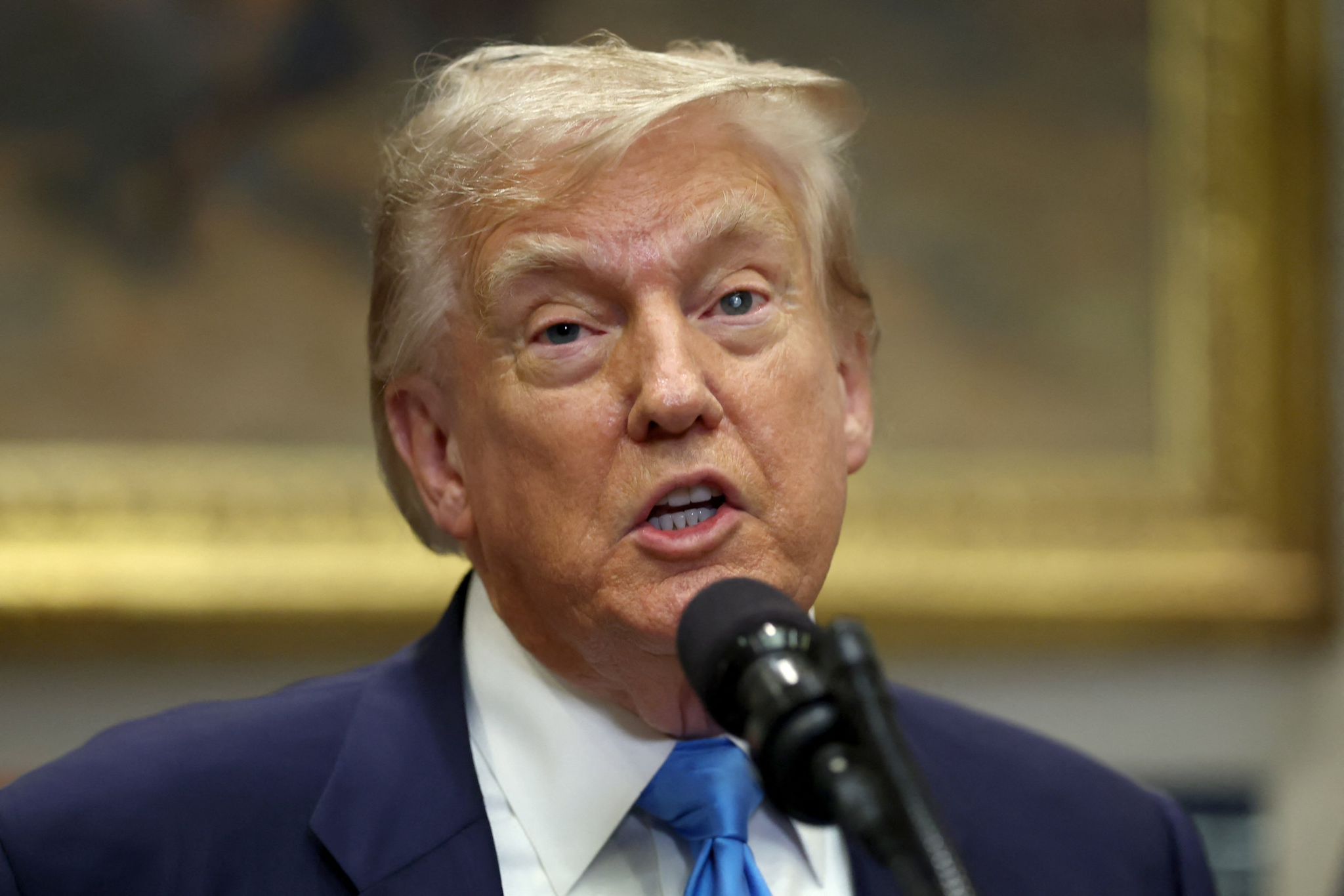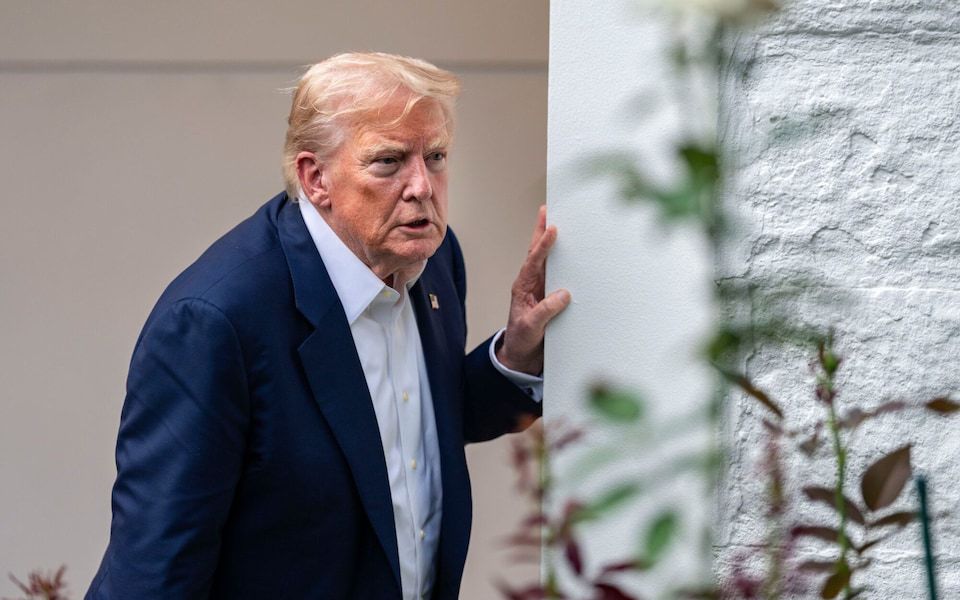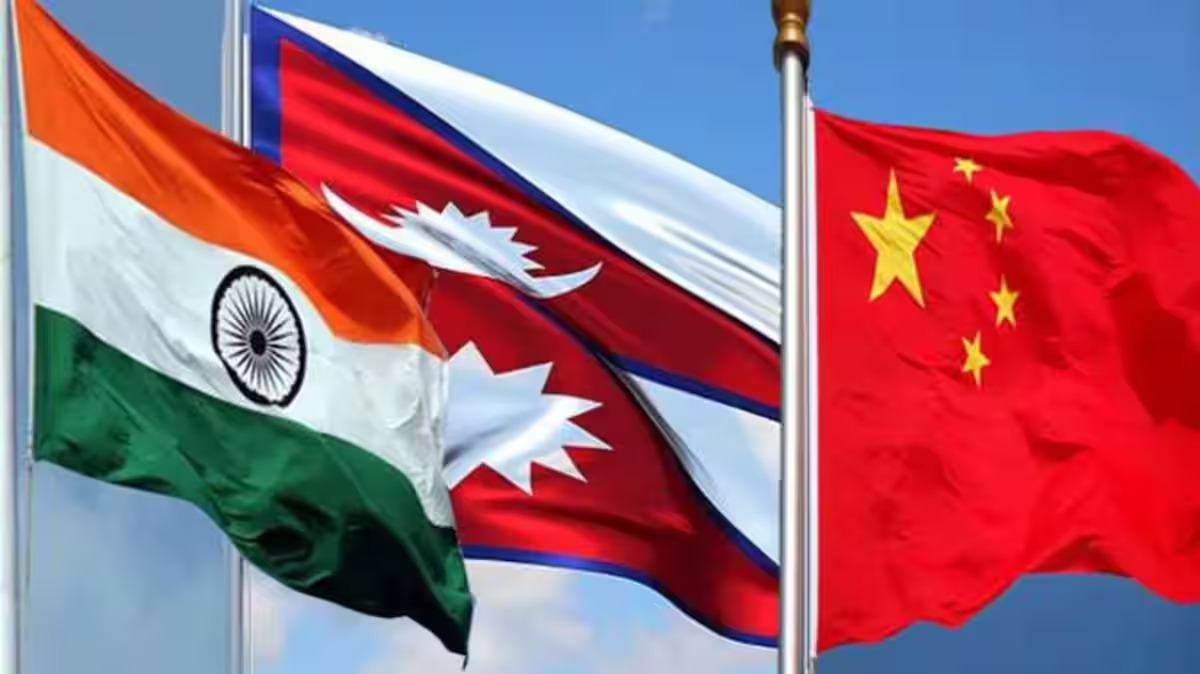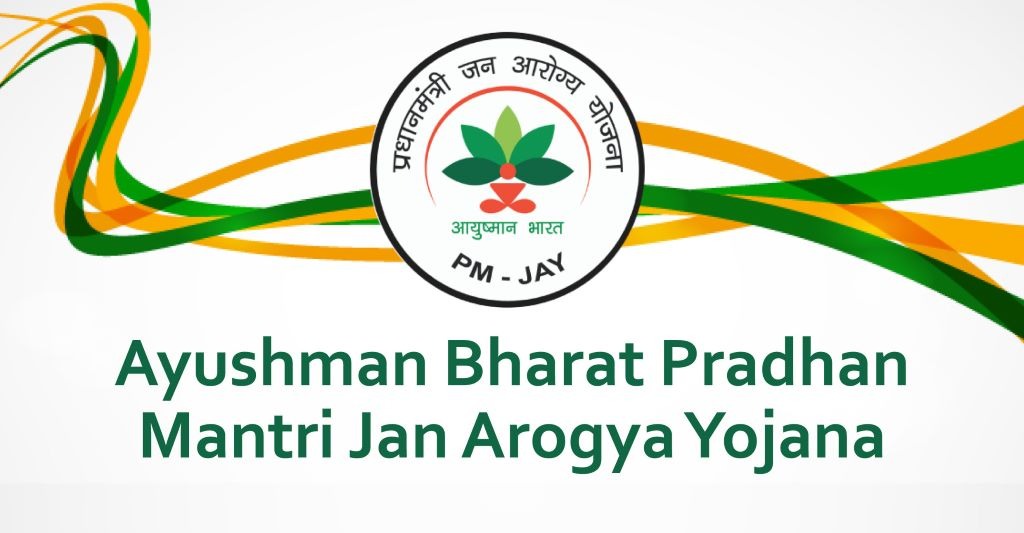
Follow WOWNEWS 24x7 on:
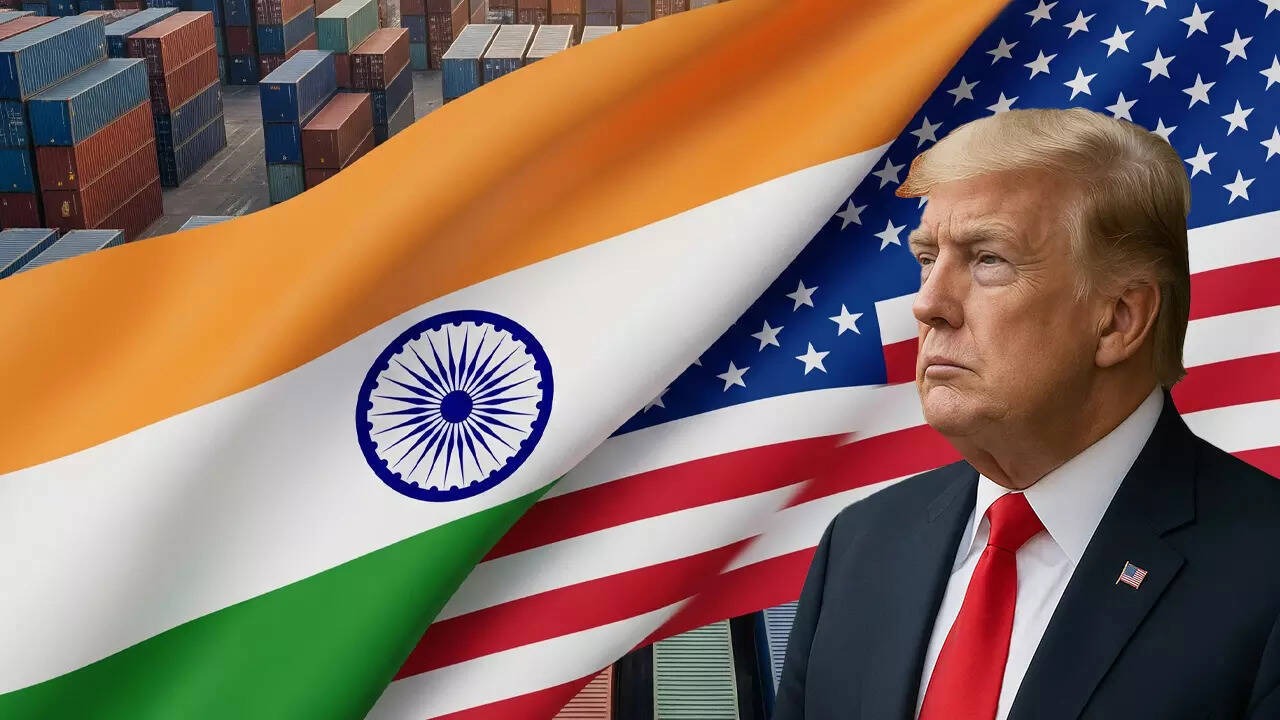
Just days ahead of his self-imposed August 1 deadline, former US President Donald Trump has announced that a trade agreement with India remains unfinished. Speaking aboard Air Force One, Trump hinted at imposing tariffs ranging from 20 to 25 percent on Indian exports, citing what he described as India’s historically high duties on American goods. The remarks have stirred diplomatic and economic speculation, especially as both nations continue to negotiate a broader bilateral trade agreement.
Key highlights from Trump’s statement
- Trump said the India-US trade deal is “not finalised yet” and suggested India may face tariffs of 20 to 25 percent
- He claimed India has imposed higher tariffs on the US than most other countries
- Trump emphasized that he is “in charge now” and intends to correct what he views as unfair trade practices
- Despite the rhetoric, no formal tariff notification has been sent to India, unlike other nations
Backdrop and previous actions
On April 22, Trump imposed a 26 percent tariff on Indian goods, which was later paused to allow for negotiations. The August 1 deadline marks the potential reinstatement of these levies if talks fail to yield a deal. Trump’s comments follow five rounds of trade discussions between the two countries, with Indian officials expressing cautious optimism about reaching a mutually beneficial agreement.
India’s response and diplomatic posture
- Commerce Minister Piyush Goyal stated that trade talks are progressing well and India is negotiating from a position of strength
- Foreign Secretary Vikram Misri confirmed ongoing discussions and emphasized India’s commitment to a fair and balanced deal
- Indian officials are reportedly preparing for a temporary reciprocal tariff rate of 20 to 25 percent if the US proceeds with its duties
- A US delegation is expected to visit New Delhi in mid-August to continue negotiations
Contentious sectors and sticking points
- Agriculture and dairy remain key areas of disagreement, with India resisting the import of genetically modified crops and foreign dairy products
- The US has flagged non-tariff barriers such as digital service taxes and complex import regulations
- India maintains that any trade liberalization must protect domestic industries and align with national interests
Geopolitical undertones
Trump also used the opportunity to revisit his claim of brokering a ceasefire between India and Pakistan following the April 22 Pahalgam terror attacks. He credited himself for ending the conflict, although Indian officials have refuted this, stating that Pakistan initiated the ceasefire request. The remarks add a layer of political complexity to the trade narrative, intertwining diplomacy with economic strategy.
Market implications and business sentiment
- Indian exporters are bracing for potential tariff hikes, especially in sectors like pharmaceuticals, apparel, and electronics
- The US imported $87 billion in goods from India in 2024, while India imported $42 billion from the US
- Analysts warn that a tariff escalation could disrupt supply chains and dampen investor confidence
- However, many believe the current tensions are part of Trump’s negotiation style and expect a deal to be reached eventually
Conclusion
As the August 1 deadline approaches, the fate of the India-US trade deal hangs in the balance. Trump’s tariff threat underscores the challenges of balancing national interests with global trade dynamics. While both sides remain engaged in talks, the next few weeks will be critical in determining whether diplomacy prevails or duties are imposed. For now, businesses and policymakers alike are watching closely, hoping for resolution over retaliation.
Sources: India Today, Times of India, The Hindu, Firstpost, Mathrubhumi, Economic Times, India TV News, MSN News
